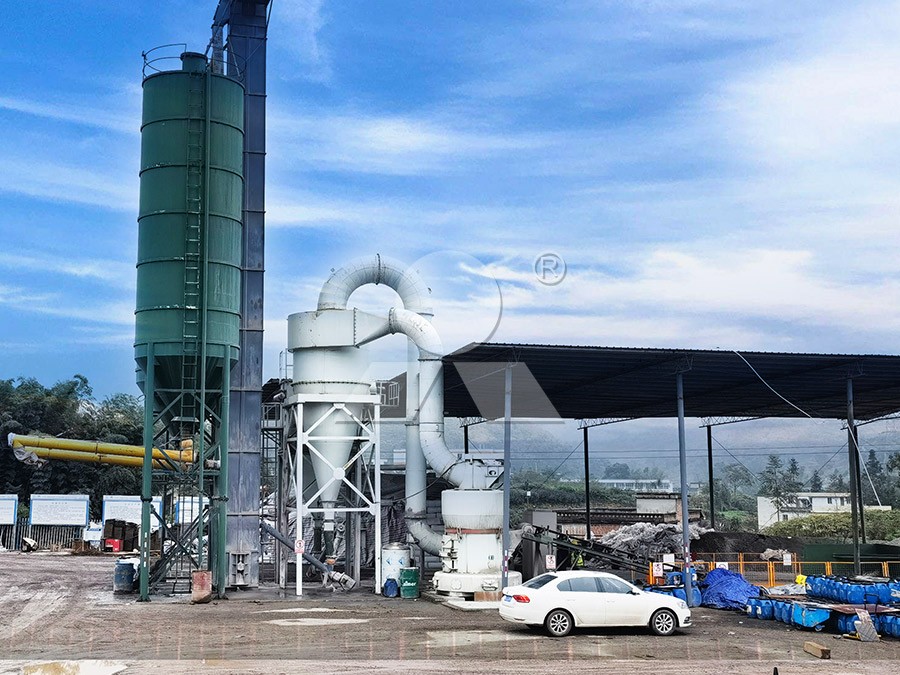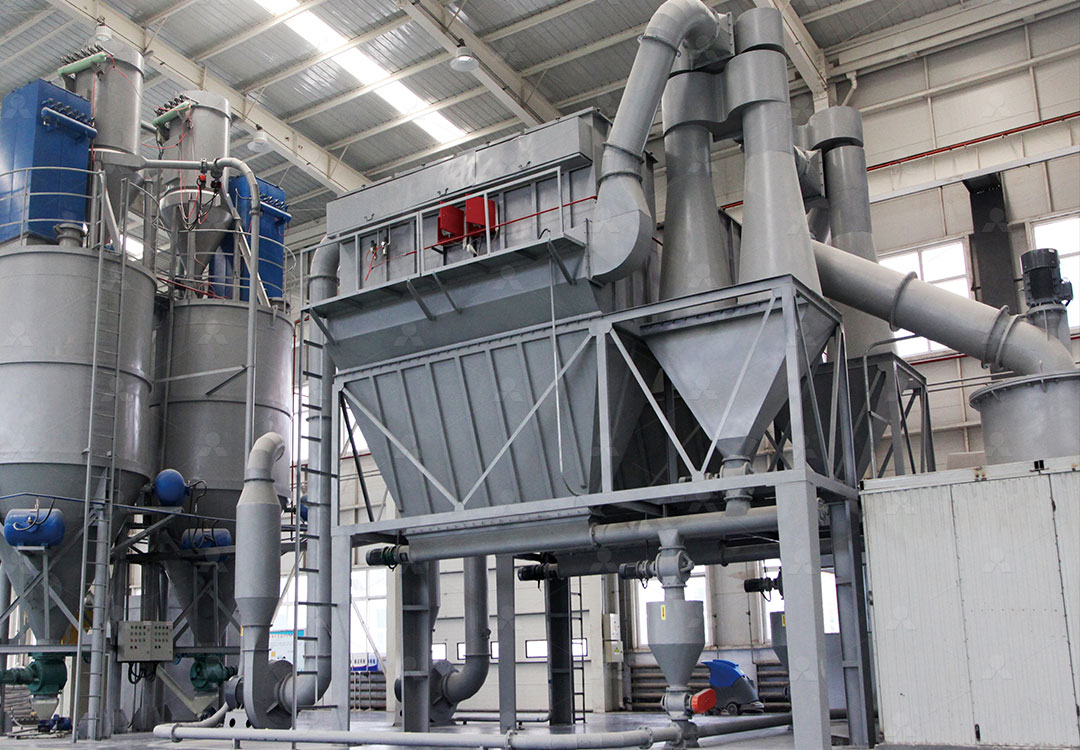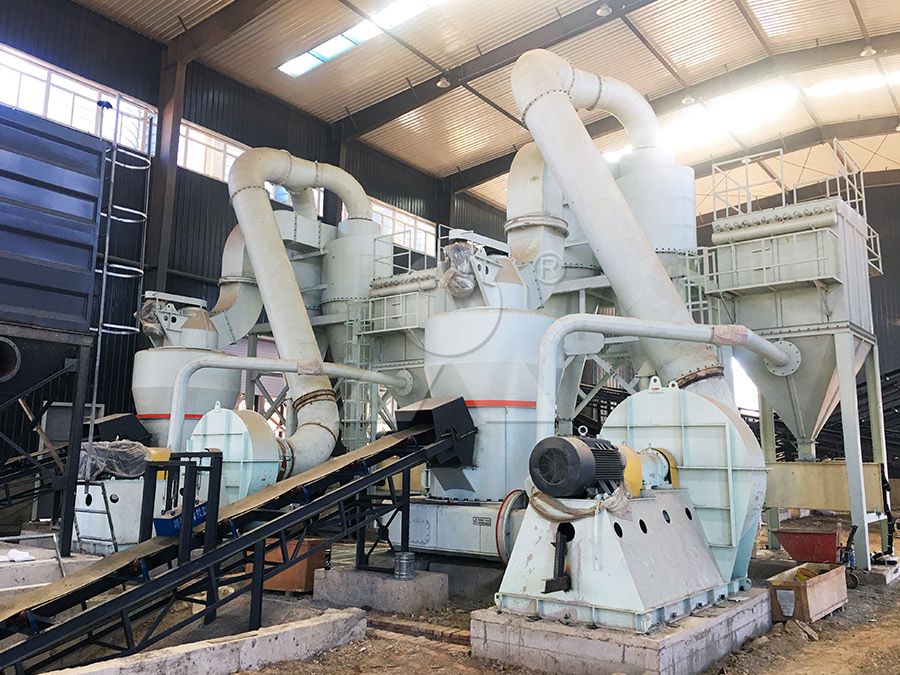Complete Bentonite Grinding Plant Setup and Process
Complete Bentonite Grinding Plant Setup and Process
Establishing a comprehensive bentonite grinding operation requires careful planning, equipment selection, and process optimization to achieve maximum efficiency and product quality. Bentonite, with its unique swelling properties and diverse industrial applications, demands specialized grinding solutions that preserve its chemical characteristics while delivering the required fineness.
Plant Configuration and Layout
A complete bentonite grinding plant typically consists of several integrated systems: raw material handling, drying, grinding, classification, and product collection. The raw bentonite, often containing 25-35% moisture, first undergoes drying to reduce moisture content to optimal levels for grinding. Proper drying is crucial as excessive moisture can lead to equipment clogging and reduced grinding efficiency.

The heart of any bentonite processing facility is the grinding circuit. Traditional ball mills have been widely used, but modern operations increasingly favor more efficient vertical grinding systems that offer superior energy efficiency and finer product control. The selection of grinding equipment significantly impacts both operational costs and final product quality.
Advanced Grinding Solutions for Bentonite
For operations requiring ultra-fine bentonite powders with precise particle size distribution, the MW Ultrafine Grinding Mill represents an excellent choice. This advanced mill handles input sizes of 0-20 mm with capacities ranging from 0.5 to 25 tph, making it suitable for various production requirements. Its innovative design features higher yielding with lower energy consumption – achieving 40% higher production capacity than jet grinding mills and double the output of ball mills, while using only 30% of the energy of jet grinding systems.
The MW mill’s adjustable fineness between 325-2500 meshes, coupled with its German technology cage-type powder selector, ensures precise control over product specifications. Particularly valuable for bentonite processing is the mill’s dust removal system, which incorporates efficient pulse collection technology to maintain environmentally friendly operation – a critical consideration when processing mineral powders.

Process Optimization and Quality Control
Successful bentonite grinding requires careful attention to process parameters. The grinding temperature must be controlled to prevent damaging the clay’s crystal structure, while airflow rates and classifier speeds need optimization to achieve the target particle size distribution. Modern grinding plants incorporate automated control systems that continuously monitor and adjust these parameters.
For operations requiring even higher precision and efficiency, the LUM Ultrafine Vertical Grinding Mill offers additional advantages. With input size capability of 0-10 mm and capacity range of 5-18 tph, this mill integrates Taiwanese grinding roller technology with German powder separating technology. Its unique roller shell and lining plate grinding curve design generates material layers more effectively, enabling high rates of finished products through single-pass milling.
The LUM mill’s double position-limiting technology ensures operational stability, while its reversible structure simplifies maintenance – crucial factors for minimizing downtime in continuous processing operations. The PLC control system and multi-head powder separating technology provide exceptional control over grinding parameters, reducing energy consumption by 30-50% compared to conventional mills.
Environmental Considerations and Operational Safety
Modern bentonite grinding plants must address environmental concerns through comprehensive dust control systems. Both the MW and LUM mills incorporate advanced pulse dust collectors and noise reduction technologies that exceed national environmental protection standards. The completely sealed grinding systems operate under negative pressure, preventing dust escape and ensuring clean working conditions.

Regular maintenance scheduling and access to genuine spare parts are essential for uninterrupted operation. Equipment designs that facilitate easy access to grinding components and wearing parts significantly reduce maintenance time and costs, contributing to higher overall plant availability.
Frequently Asked Questions
What is the optimal moisture content for bentonite before grinding?
Bentonite should typically be dried to 8-12% moisture content before grinding to prevent clogging and ensure efficient operation. The exact optimal moisture level may vary based on the specific bentonite type and grinding equipment used.
How does the MW Ultrafine Grinding Mill handle different bentonite applications?
The MW mill’s adjustable fineness between 325-2500 meshes allows precise control for various bentonite applications, from foundry and drilling mud requirements to pharmaceutical and cosmetic specifications. The German technology cage-type powder selector ensures consistent product quality across different production batches.
What maintenance advantages do modern grinding mills offer?
Advanced mills like the LUM Ultrafine Vertical Grinding Mill feature reversible structures that allow easy roller removal for maintenance. The absence of rolling bearings and screws in the grinding chamber of the MW mill eliminates concerns about bearing damage or loose screws causing operational issues.
How do environmental considerations influence equipment selection?
Modern grinding mills incorporate pulse dust collectors, silencers, and completely sealed systems that operate under negative pressure to prevent dust escape. These features ensure compliance with environmental regulations while maintaining product quality and worker safety.
What production capacities can be achieved with these grinding systems?
The MW Ultrafine Grinding Mill offers capacities from 0.5 to 25 tph, while the LUM Ultrafine Vertical Grinding Mill handles 5-18 tph. Selection depends on production requirements, desired fineness, and specific bentonite characteristics.
